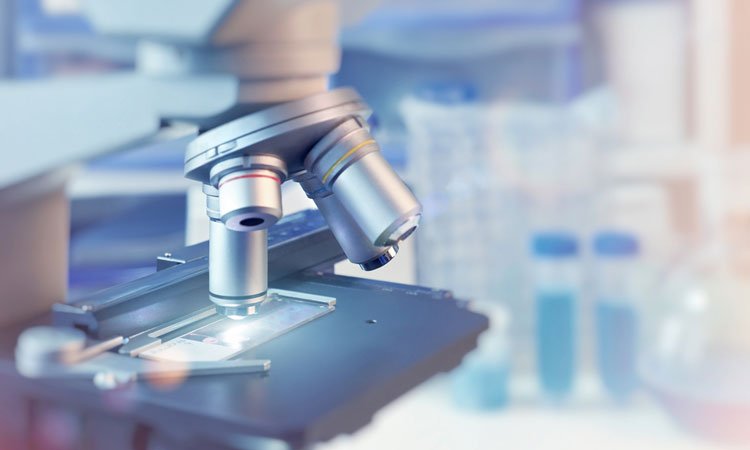Nanosatellite system imagery could revolutionise lab imaging
Posted: 7 January 2019 | Drug Target Review | No comments yet
Satellite imaging could revolutionise imaging in laboratories, and may impact the current use of imaging in medicinal research…


Nanosatellite system imagery could dramatically alter lab imaging, changing the way microscopes and other laboratory imaging systems work.
Researchers at Ben-Gurion University have developed a new satellite imaging system that could revolutionise the economics and imagery available from space-based cameras and even earth-based telescopes.
“This is an invention that completely changes the costs of space exploration, astronomy, aerial photography, and more,” said Angika Bulbul, a Ben-Gurion University PhD candidate under the supervision of Professor Joseph Rosen in the Ben-Gurion University’s Department of Electrical and Computer Engineering.
The researchers demonstrate that nanosatellites the size of milk cartons arranged in a spherical (annular) configuration were able to capture images that match the resolution of the full-frame, lens-based or concave mirror systems used on today’s telescopes.
“Several previous assumptions about long-range photography were incorrect,” Bulbul said.
“We found that you only need a small part of a telescope lens to obtain quality images. Even by using the perimeter aperture of a lens, as low as 0.43 percent, we managed to obtain similar image resolution compared to the full aperture area of mirror/lens-based imaging systems.”
To demonstrate the system capabilities, the research team built a miniature laboratory model with a circular array of sub-apertures to study the image resolution and compare them with full lens imagery.
During the study, the research team introduced an incoherent digital holographic system denoted as a synthetic marginal aperture with revolving telescopes (SMART). SMART is described as being based on two concepts: namely, synthetic aperture imaging and interferenceless coded aperture correlation holography (I-COACH). However, in SMART, the recorded intensity pattern is obtained as an interference of light coming from two separated subapertures.
The team describe the development as revolutionary.
“Consequently, we can slash the huge cost, time and material needed for gigantic traditional optical space telescopes with large curved mirrors,” said Bulbul.
The study was published in the journal Optica.
Related topics
Analysis, Analytical techniques, Imaging, Research & Development
Related organisations
Ben-Gurion University
Related people
Angika Bulbul, Professor Joseph Rosen



